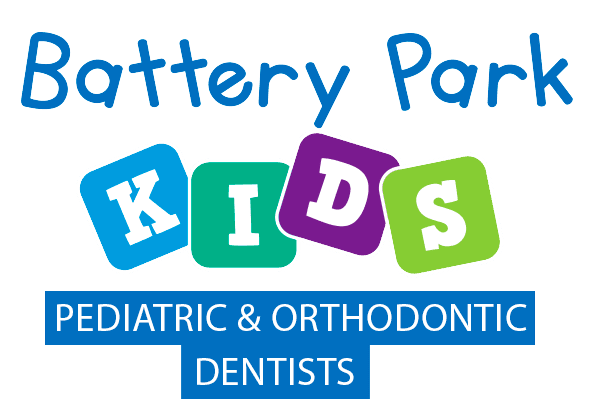When you take your child to the dentist for a checkup, the doctor may prescribe X-rays. Dental X-rays (radiographs) can be a great tool, providing a way to see inside the tooth and evaluate the areas underneath the gums. Radiographs are important for the dentist to diagnose cavities, assess growth and development, detect missing or extra teeth, and look for infections or pathology.
Parents often express their concerns to me about the use of radiographs on their children because of the link of radiation exposure to cancer. This is a legitimate concern. Children are more radiosensitive than adults, and this is considered with every X-ray exposure performed in our office. However, in recent years X-ray technology has vastly improved, and the amount of radiation exposure required to take dental radiographs is now very small. To put this in perspective, consider the fact that every human is exposed daily to naturally occurring background radiation. The amount of radiation exposure of 4 dental bitewing radiographs is less radiation than one days worth of background exposure, or about equal to spending one hour flying in a plane. (1) In addition, lead aprons and thyroid collars are always used to further limit a patient’s exposure. So while the risk is there, it is small enough that in many cases the benefits of the X-ray exposure outweigh the risks.
In order to minimize exposure, we evaluate each child on an individual basis while following the recommendations of The American Academy of Pediatric Dentists, FDA regulations, and radiation safety principles. The decision to obtain radiographs is based on several factors, including the child’s caries risk factor (an individualized measure for assessing each child’s likelihood of developing cavities), tooth crowding, age, and history of trauma. On average, radiographic exams begin when a child reaches about 5 years old.
As your child grows older and permanent teeth erupt, the spaces between his or her teeth closes. It is very important to take radiographs periodically to detect any cavities growing between the teeth since these areas cannot be visualized otherwise. It is best not to wait until these cavities can be seen without X-rays because that usually indicates a more serious problem that requires more involved treatment. When cavities are detected early with radiographs, treatment can be much less invasive. For example, when I find small “incipient” lesions in our office, I typically first recommend special non-invasive treatments that promote healing of the tooth as opposed to placing a filling.
Dental X-rays can be useful in keeping your child’s mouth healthy and pain-free. If you ever have concerns about taking X-rays, ask your dentist to discuss the risks and benefits at your child’s next visit so you can make an informed decision. And remember, since patients at a low risk for cavities typically require the fewest X-rays, the best way to keep X-ray exposures at a minimum is to focus on prevention and see your dentist every 6 months.
(1) 1. American Nuclear Society. Radiation dose chart. Accessed Aug. 2, 2011.
About Dr. Roxanna Khajavi, Pediatric DMD
Dr. Roxanna Khajavi is a pediatric dentist, but beyond that, she loves what she does. She believes the first experience any child has in a dental office needs to leave a special mark in their mind and in their hearts. This is the reason she became a dentist. Dr. Khajavi strives to make sure that all her patients have a wonderful experience. She says, “The dentistry part is easy, but making your children laugh and smile while under my care, has never been an obstacle! Our mission is to make sure every child feels like they are surrounded by a team who truly cares about their experience. To us, every patient is more than just a “patient”, each child is family.”
About Battery Park Pediatric Dentists
Battery Park Pediatric Dentists proudly provides quality pediatric dental care to the community of New York and surrounding areas. Their office specializes in dentistry for infants, children, and adolescents. Their services include preventative children’s dentistry, oral hygiene and maintenance, management of growth and development, conscious sedation, comprehensive orthodontic treatment and much more.


